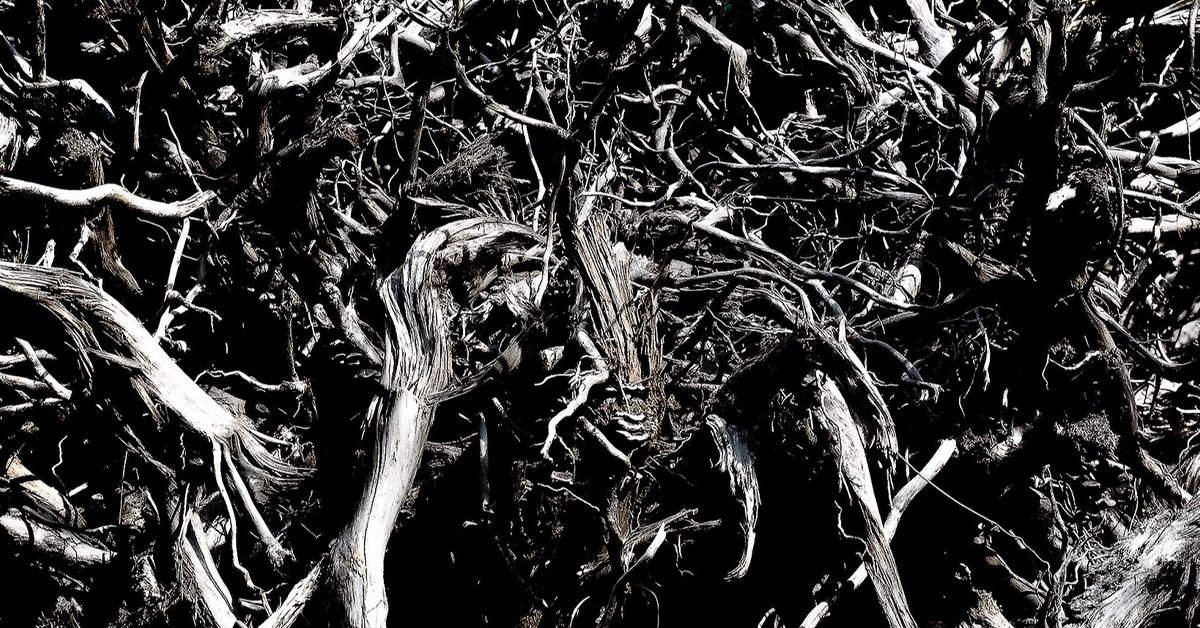
SPECIMEN †roots
SPECIMEN †roots, 2016
21.4×35.6 cm / 8.4 ×14 in
Archival Giclee Print
植物の根。本来地面の下にあって目に触れるものではないこと、あきらかに枯れており、すなわち死骸であることが明白であった。色彩が希薄であることと、そのフォルムのグロテスク紋様の如き様相が誠に美しく、すぐさま「さかしま」のデゼッサントを思い浮かべてほくそ笑んでしまった。美しい死体、それ自体が美術品のような極上の標本、根の肢体。より一層の美を求めて陰影とシャープネスに、さながら偏執狂の如き執着を持ってあたった。

The roots of a plant. Though normally lying hidden from the naked eye beneath the surface of the earth, these had noticeably rotted and were clearly dead. The thinned hue and pattern-like aspect of their grotesque form was truly beautiful and I immediately thought of the character Jean des Esseintes1 from the novel À rebours. This beautiful corpse was itself an ideal specimen, much like a work of art -- roots rendered into limbs. While pursuing an even greater beauty, I approached the shadows and sharpness of the photo with a passion that nearly consumed me.
1 Jean des Esseintes
The main character from the 19th century French novel À rebours by Joris-Karl Huysmans. The novel's title is often translated in English as "Against Nature" and it was seen at the time as a rebellion against "naturalist" literature in favor of a style employing symbolism and surreal elements. Jean des Esseintes himself is a French aristocrat who, disillusioned after years of decadent living in Paris, has isolated himself in the countryside and begins to explore his inner intellectual curiosities and aesthetic impulses without interference. Notable episodes includes experiments where the hero grows a garden of poisonous flowers and places gemstones in the shell of a turtle, leading to its death. The book was said to be one of the primary inspirations for Oscar Wilde's The Picture of Dorian Gray.
この記事が気に入ったらサポートをしてみませんか?
